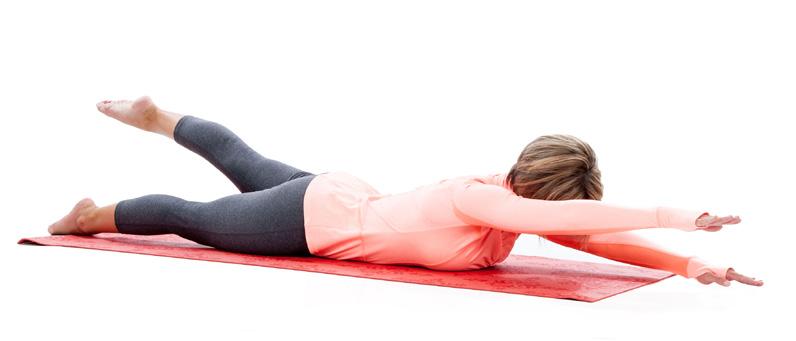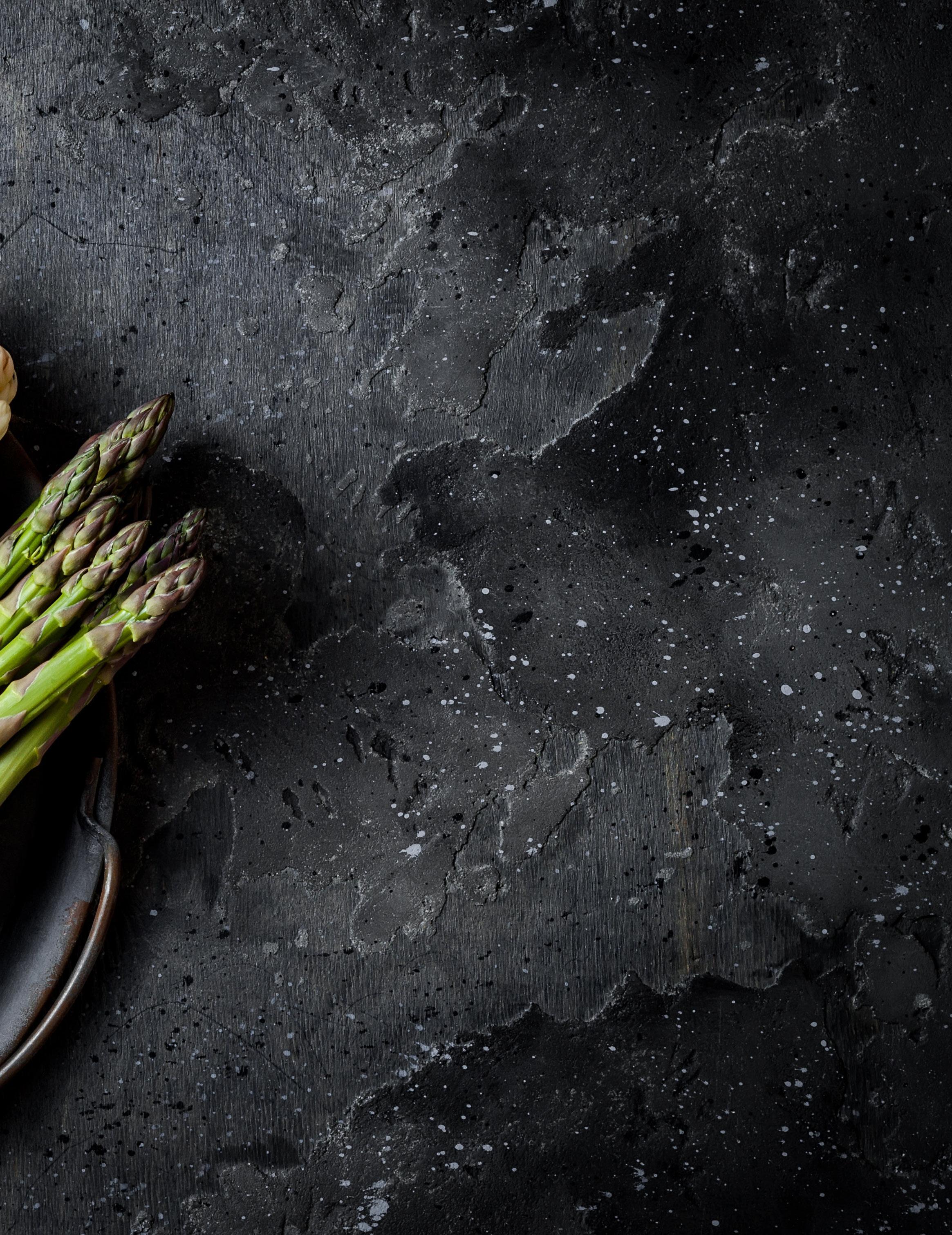
7 minute read
EXERCISE
PILATES
THE ULTIMATE MIND & BODY CONDITIONING
Advertisement
Pilates was initially used by its creator, Joseph Pilates, to rehabilitate bedridden soldiers. The focus of this time-tested method was to strengthen the body through controlled movements that initiated directly from the core (body’s center). Core controlled movements remain the sole focus of what has now been popularized as Pilates.
The core muscles include the deep abdominal muscles, the muscles around the spine, and even the buttocks. All of the 500 exercises that make up the Pilates Method of body conditioning focus on the core. Needless to say, with so much attention being given to the core, with regular practice of Pilates, you can absolutely expect to see a flatter, tighter tummy. As your core and limbs work in unison to accomplish each Pilates movement, your entire body will become firm. In fact, Pilates is so effective at working muscles at their deepest level that you are likely to see results you have never obtained with any other form of exercise.
Pilates is a very special exercise form because its movements require gentle care and focus, prompting the mind and body to work together through specific breathing patterns. IF YOU WANT TO ENHANCE YOUR OVERALL MENTAL AND PHYSICAL WELLBEING, MOVEMENTS THAT SIMULTANEOUSLY ENGAGE THE MIND AND BODY ARE AMONG THE BEST TYPES OF EXERCISES.
By Ashley Fontenot
With patience and practice, the mind and body can operate like a well-tuned orchestra, working with grace and precision. When your mind and body work together, you can expect to develop greater focus and better coordination, resulting in a clearer mind. When the body participates in harmonious mind-body activities, great things happen at a chemical level. New synapses (connections) develop in the brain resulting in a sharper mind, improved memory and increased cognition. Pilates has been shown to increase the production of serotonin, a chemical which acts as a mood stabilizer to relieve depression and anxiety. Perhaps, Pilates greatest feat is that it prompts the body to relax while exacting a peaceful, overall rejuvenating feeling. Ultimately, you will feel less stressed!
If you have not tried Pilates, you definitely should! If you have tried it and have given up, give it another chance. Approach it with an open mind, realizing it is a journey where patience and practice are essential to achieve the most bountiful mind-body rewards.

DOUBLE LEG STRETCH Using a mat, lie down on your back. Bring your knees into your chest. Gently place your hands at your shins or ankles. Lift your head, neck and shoulders off the ground. Inhale as you simultaneously extend your arms and legs straight out. Your arms should softly sweep from your ankles to beside your ears, while your legs should be straight out, toes pointed, at a 45 degree angle or lower. Your neck and shoulders remain off the floor through the entire movement. Exhale while using your abdominals, pull your legs back into your chest and sweep your arms around and down to your ankles. Using slow and controlled motion, repeat to complete a total of 10 reps.

THE BENEFITS OF PILATES Longer, leaner body • Relaxed state of mind • Better coordination • Increased energy and stamina • Fewer aches and pains Stronger core/flatter tummy • Better posture • Increased focus • Less anxiety and depression • Decreased stress level
SINGLE STRAIGHT LEG STRETCH Lie on your back and lift your head and shoulders off the floor. Lift one leg straight up to a 90 degree angle and extend the other leg to a 45 degree angle. Grasp the leg that is straight up at the ankle or calf, whichever you can reach. Take a deep inhale and tug your straight leg to your chest for just one pulse. Continue inhaling and exhaling in rhythm as you swiftly switch each leg through the air like scissors. Continue to complete a total of 15 reps.






CRISS CROSS Lie on your back and bend your knees up above your hips. Place your hands behind your head, keeping elbows wide and lift head and top part of your shoulders off the floor. In set up position, take a deep inhale before beginning the movement. Lift your left shoulder and bring it across towards your right knee while you extend the left leg straight out to about 45 degrees. As you come back to the center, inhale and then exhale to move to repeat the movement in the opposite direction. Continue to complete 10 slow repetitions followed by 10 fast, but controlled, repetitions.
ROLLING LIKE A BALL Sitting on a mat, bring your knees into your chest. Grasp the outer part of each ankle. Balance yourself on your buttocks. Keep your feet off the ground. Bring your eye gaze to your knees. Drop your shoulders away from your ears, widen your back and deepen your abdominals. Allow your back to form a C-curve Pull the lower abs in and up to get yourself going and roll back during your inhale. Roll only up to the shoulders, but not onto the neck. Pause and balance for a second. Maintain a deeply scooped position with your spine curved. As you exhale use only your abdominals to return to upright position. Pause and balance for a second. Continue rolling like a ball for 10 reps.
SWIMMING Lie face down on a mat with arms extended overhead and palms facing down. Draw in your belly button as you raise your limbs slightly off the floor squeezing your buttocks to protect your lower back. Breathe in through the nose and out through the mouth in rhythm while lifting opposing arms and legs off the floor in unison. For example, while all limbs are off the floor, lift the right arm and left leg slightly higher, then switch. Continue swimming, swapping arms and legs in unison, to complete 20 reps.


By Christian Dischler
It’s no coincidence that asparagus is shaped like an ancient spear. This heart healthy vegetable is the perfect weapon to equip as you go through life fighting for the healthiest version of yourself. Sure, it might have a reputation as the veggie least likely to steal the show. But this isn’t a popularity contest, this is a battle against the processed food onslaught we face everyday as Americans. Asparagus is a low-calorie vegetable that’s loaded with a dense nutritional profile. Fiber, amino acids, folate and vitamin K all contribute to help asparagus consumption promote a healthier body and longer life.

Known throughout the culinary world Asparagus Asparagus for adding nuance to a dish, asparagus can’t hide from the health food world much longer. Studies are beginning to show that this vegetable can reduce your risk for heart disease due to its soluble fiber content. Soluble fiber is responsible for helping lower cholesterol levels by binding with particles in your digestive system before they have the chance to make their way any further. Additionally, asparagus has high levels of antioxidants, encourages anti-inflammation in the body, and contains potassium; which all support a healthy heart. Asparagus’s nutritional profile makes it a great preventative food to consume when considering long-term health. In helping reduce the risk of diabetes, asparagus flourishes because it helps flush the body of salt, improve insulin secretion, and enhance beta cell functionality. Its high levels of Vitamin K help regulate blood clotting, and a comprehensive list of B vitamins ensure that this pencil-shaped veggie gives you a full armory of health benefits. The fact that asparagus has folate begins to separate it from the rest of the pack. Folate is a crucial nutrient that many people are lacking, and when you realize that it’s a major player in red blood cell growth and healthy DNA production, you’ll want all you can get. These building blocks of health are important in everyone, but particularly in pregnant women. Asparagus is a great veggie to crave because its folate content is linked to promoting healthy pregnancies, and ultimately healthy kids. It's time to start including more asparagus in your diet, because you wouldn’t go into battle without the right weapon, and this green spear is the perfect one to help you live healthier, happier and longer.







